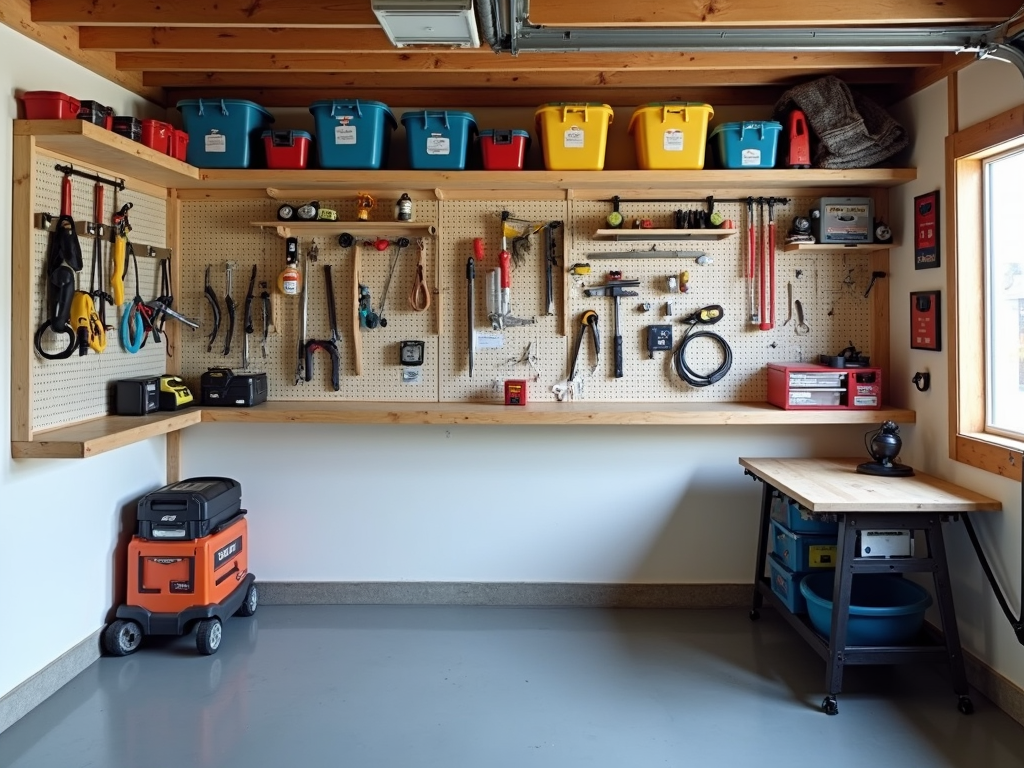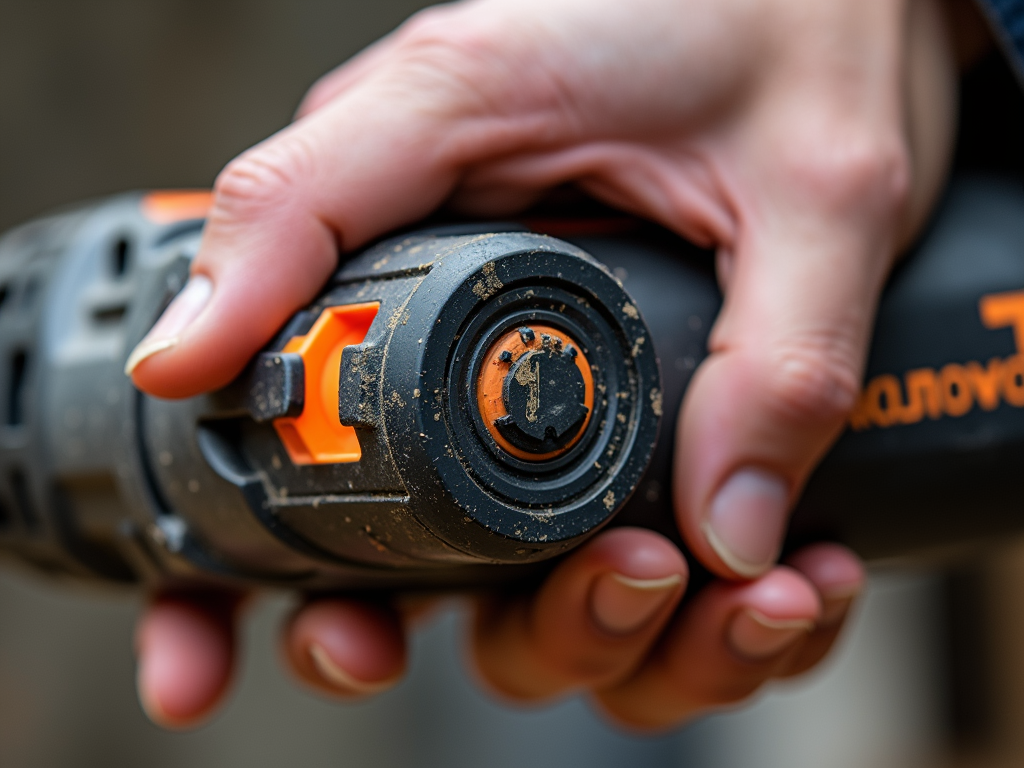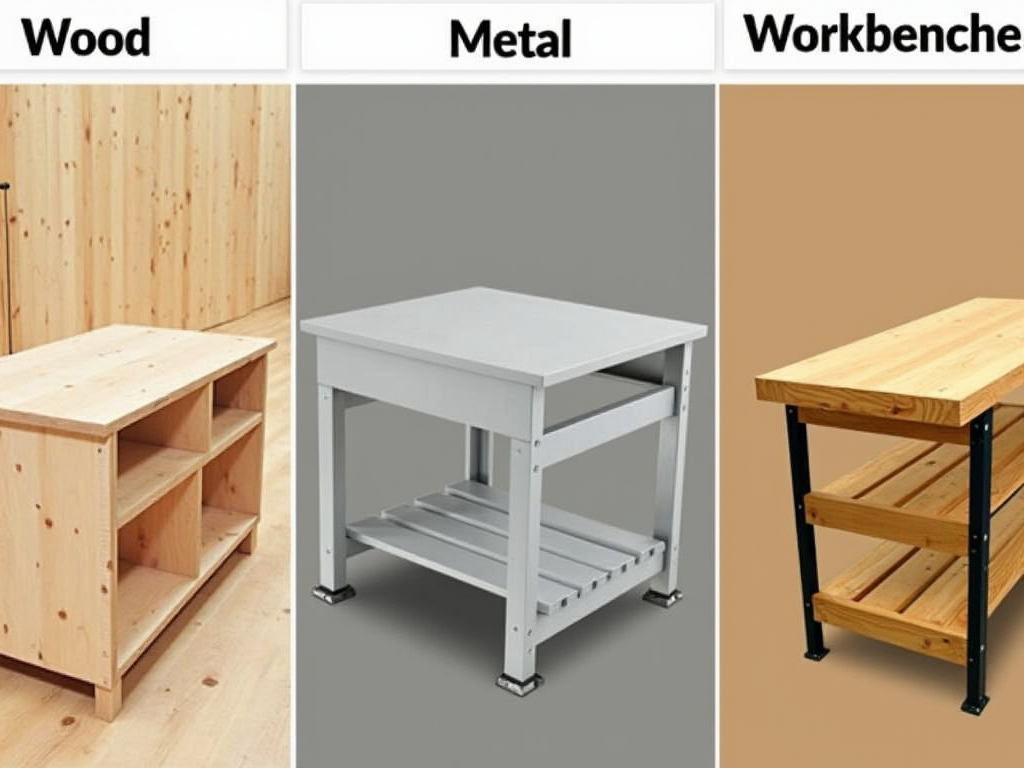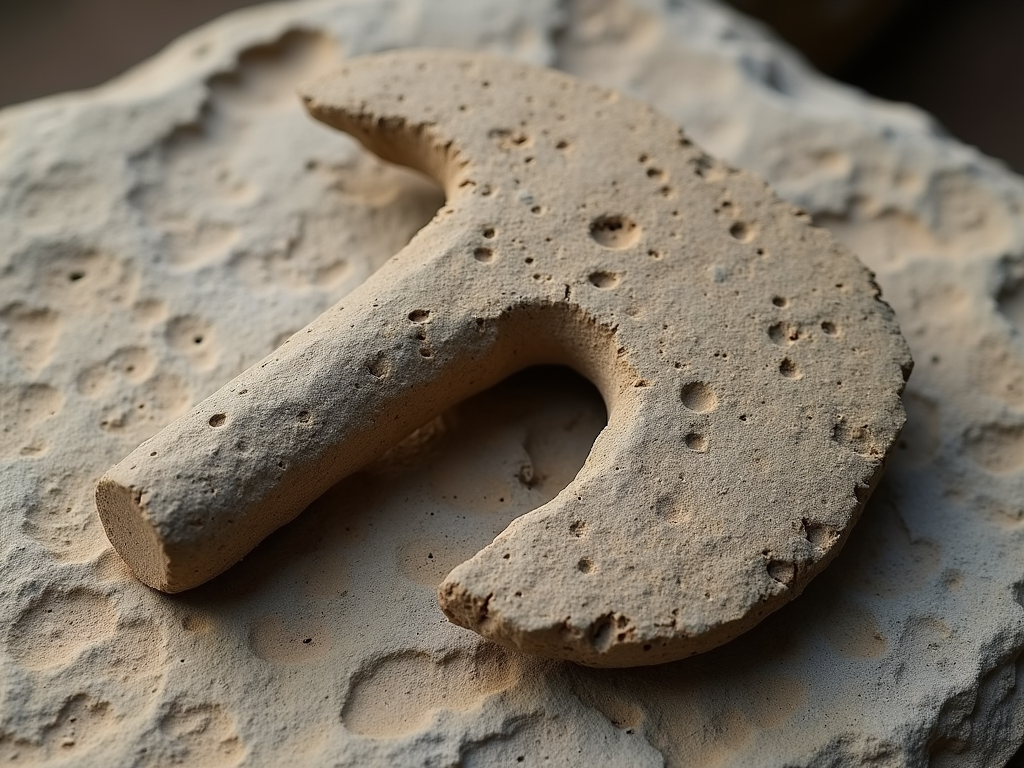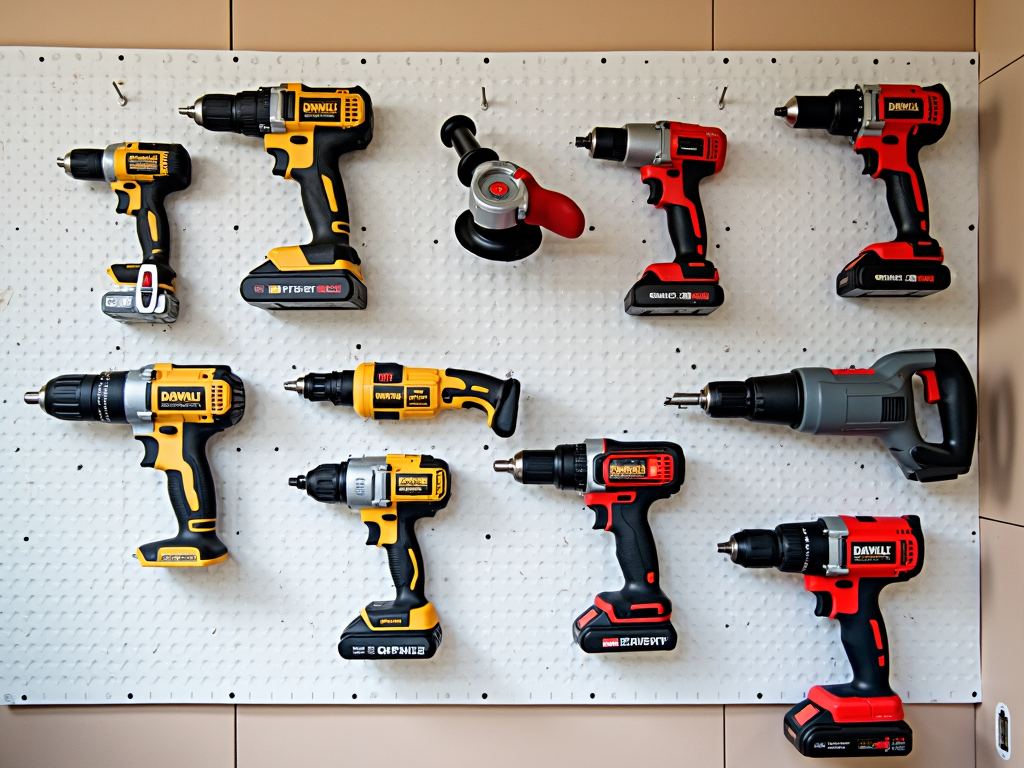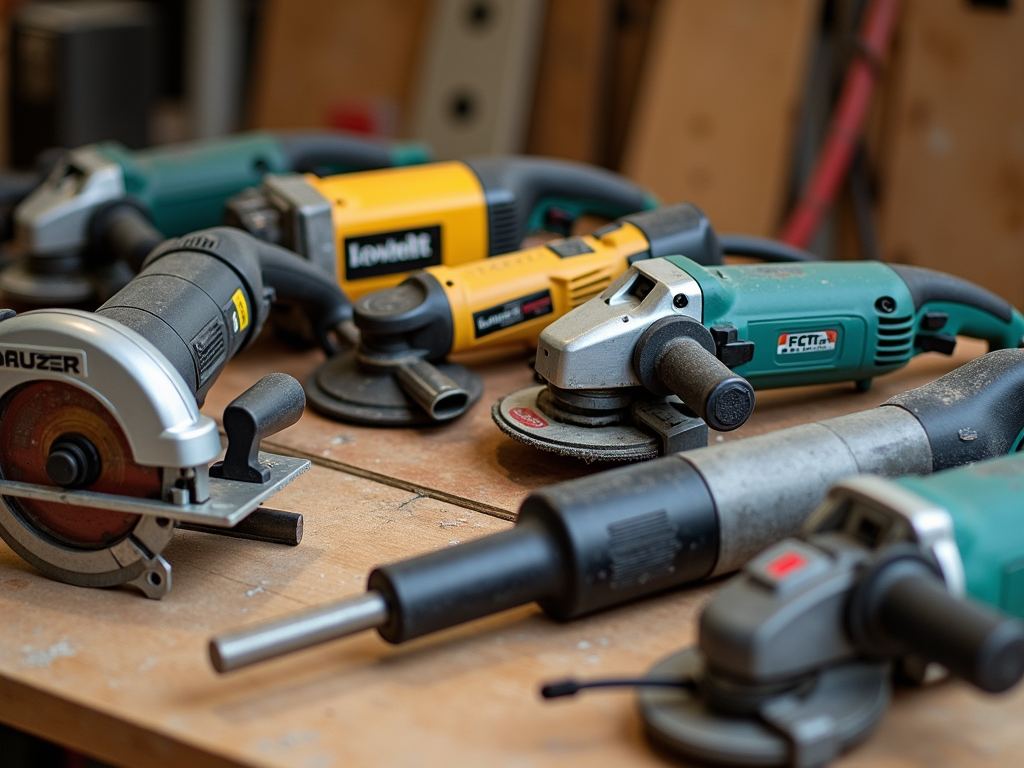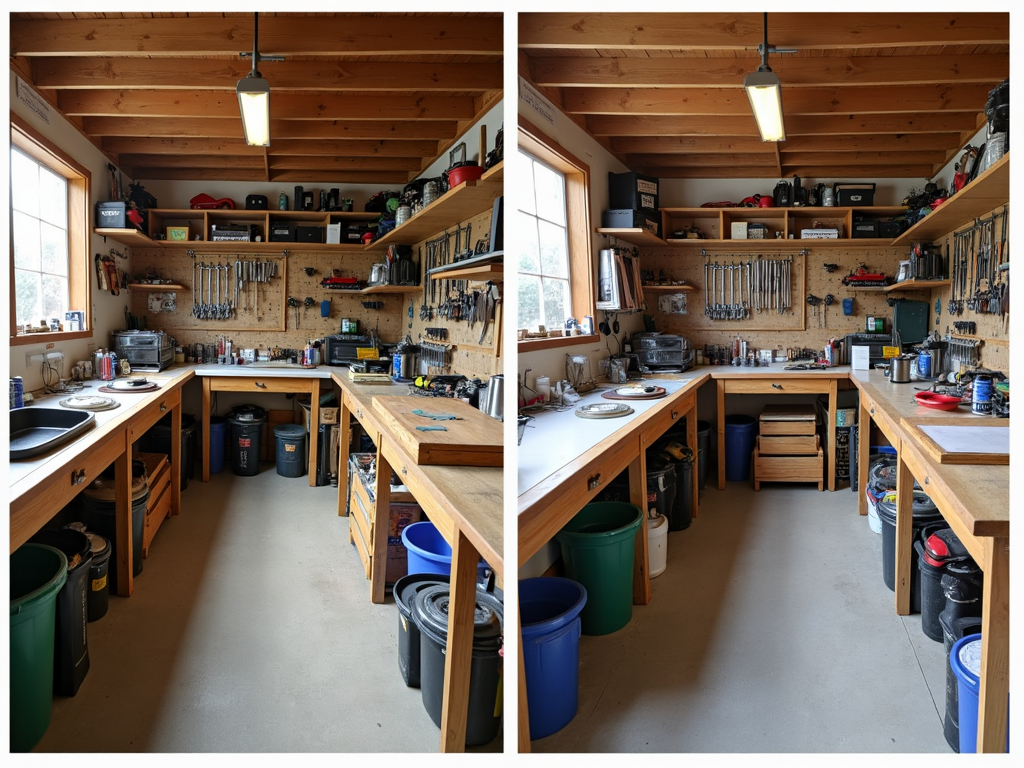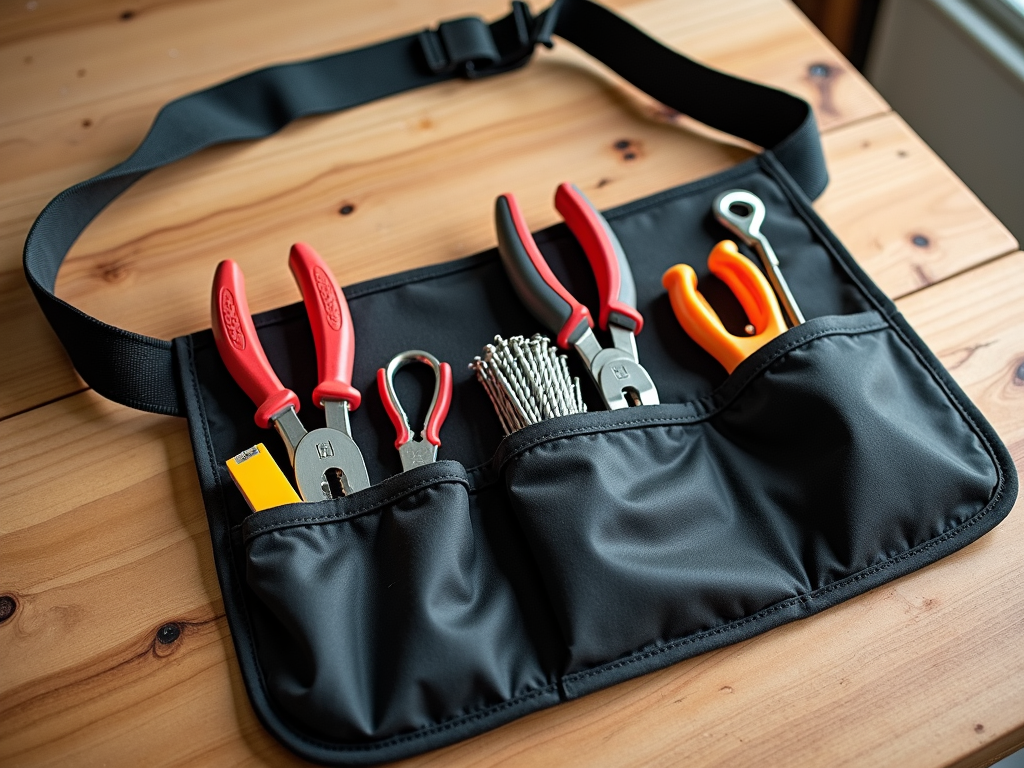Construction tools are the backbone of any building project, whether you're a professional contractor or a DIY enthusiast. Understanding the right tools and how to use them can make the difference between a job well done and a costly mistake. In this guide, we'll explore the most common construction tools, their uses, and why they're essential for every worker. From the humble hammer to the versatile tool belt, you'll learn how to equip yourself for success on any job site.

Why Understanding Construction Tools Matters
Knowing your tools isn't just about getting the job done—it's about safety, efficiency, and quality. Each tool has a specific purpose, and using the wrong one can lead to accidents or subpar work. For example, using a claw hammer instead of a sledgehammer for heavy demolition can damage the tool and put you at risk. Similarly, a tool belt for construction workers isn't just a fashion statement; it's a practical way to keep essential tools within reach, reducing downtime and increasing productivity.
As someone who's spent years on job sites, I've seen firsthand how the right tools can transform a project. I remember my first day as an apprentice, fumbling with a tape measure and nearly dropping a level on my foot. It was embarrassing, but it taught me the importance of familiarizing myself with every tool in my kit. Over time, I learned that mastering construction tools isn't just about knowing what they do—it's about understanding how they work together to bring a project to life.
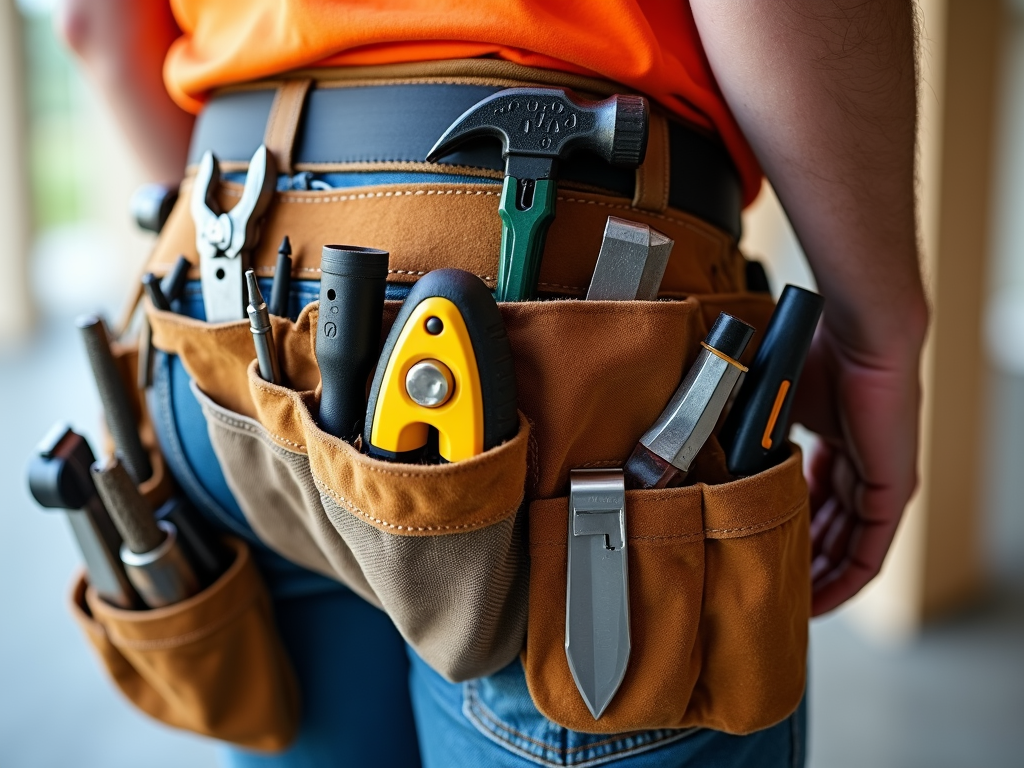
Essential Construction Tools and Their Uses
Let’s dive into some of the most common construction tools and their uses. Whether you're just starting out or looking to refresh your knowledge, this section will cover the basics and beyond.
1. Hammer
The hammer is perhaps the most iconic construction tool. It’s used for driving nails, breaking objects, and even light demolition. There are several types of hammers, including:
- Claw Hammer: Ideal for driving and removing nails.
- Sledgehammer: Used for heavy-duty tasks like breaking concrete.
- Ball Peen Hammer: Common in metalworking for shaping and riveting.
Tip: Always choose the right hammer for the job. Using a claw hammer for heavy demolition can damage the tool and make the task harder than it needs to be.
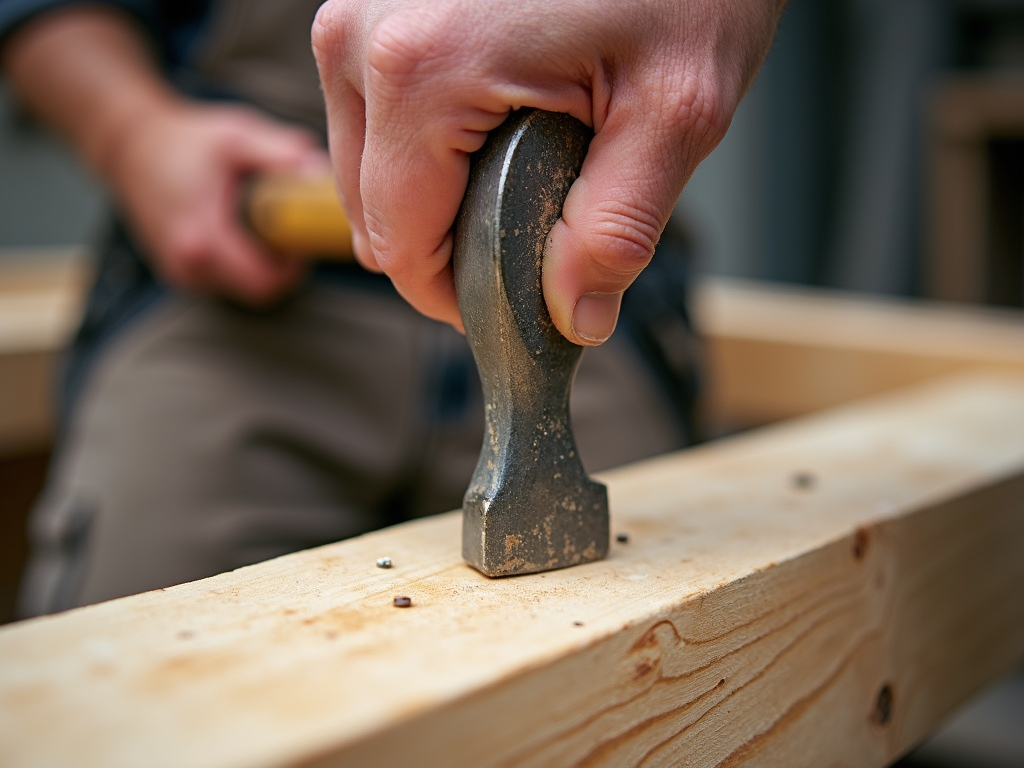
2. Screwdriver
Screwdrivers are essential for driving screws into various materials. They come in different types, such as:
- Flathead: For screws with a single slot.
- Phillips: For screws with a cross-shaped slot.
- Torx: For screws with a star-shaped slot, common in electronics and automotive work.
Personal Insight: I once spent an entire afternoon trying to remove a stubborn screw with the wrong screwdriver. It was frustrating and time-consuming. Since then, I’ve always made sure to have a set of screwdrivers on hand, especially when working with mixed materials.
3. Tape Measure
Accuracy is crucial in construction, and a tape measure is your best friend for ensuring precise measurements. Whether you're cutting lumber or spacing joists, a reliable tape measure is indispensable.
Tip: Look for a tape measure with both metric and imperial units, as some projects may require one over the other. Also, make sure it has a sturdy lock to hold the measurement in place.
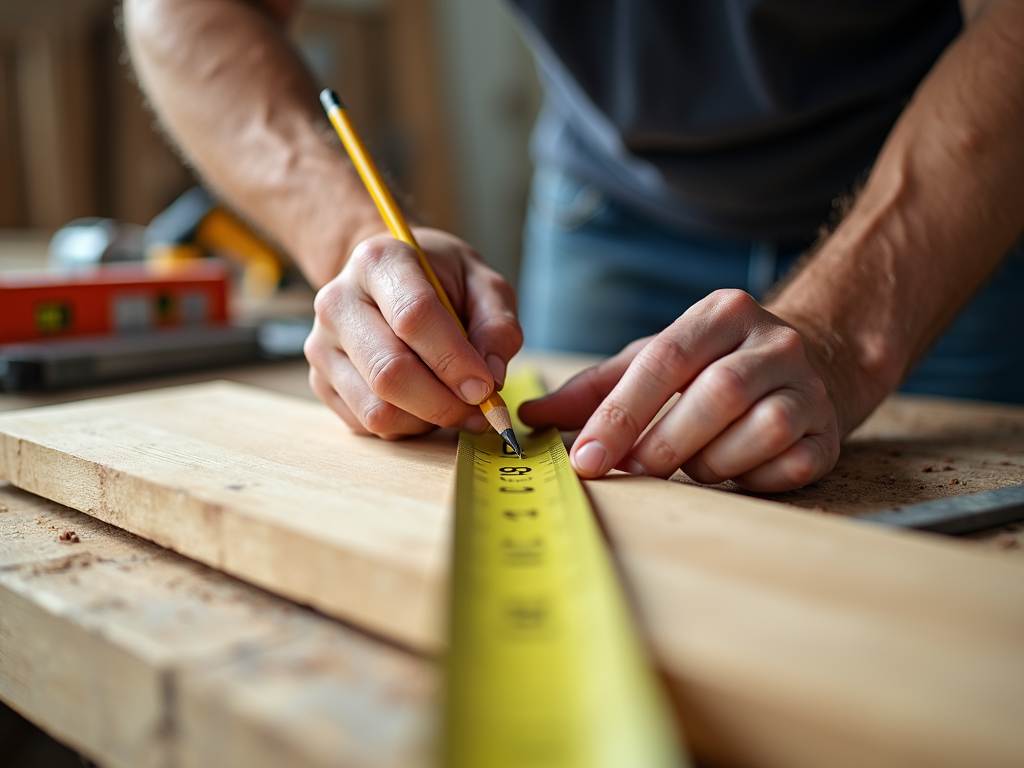
4. Level
A level ensures that surfaces are perfectly horizontal or vertical. It’s crucial for tasks like hanging shelves, installing cabinets, or setting foundations.
Types of Levels:
- Spirit Level: The most common type, using a bubble in liquid to indicate level.
- Laser Level: Projects a laser line for more extensive leveling tasks.
Personal Insight: Early in my career, I once installed a set of cabinets without checking the level. The result? A slightly tilted shelf that drove me crazy every time I looked at it. Now, I never start a project without double-checking my level.
5. Power Drill
A power drill is a versatile tool that can drill holes and drive screws with ease. It’s a must-have for any construction worker, saving time and effort on repetitive tasks.
Tip: Invest in a drill with variable speed settings and a hammer function for drilling into masonry. Also, keep a variety of drill bits on hand for different materials.
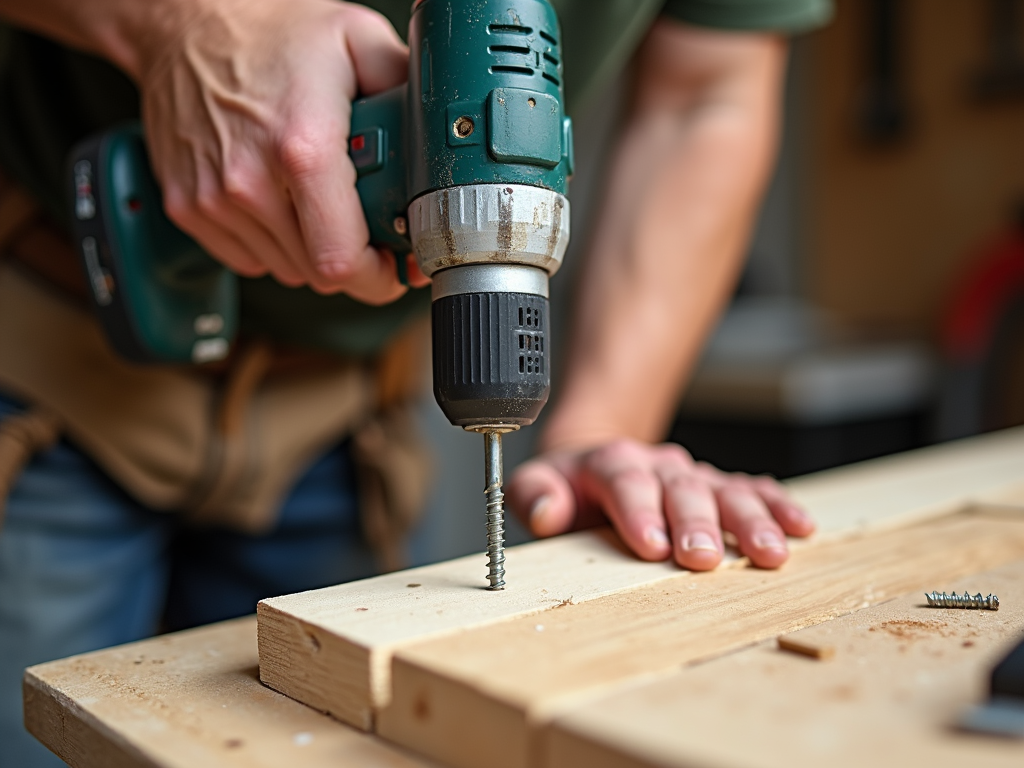
6. Saw
Saws are essential for cutting materials like wood, metal, or plastic. There are several types, including:
- Hand Saw: For general cutting tasks.
- Circular Saw: A power saw for straight cuts in wood.
- Jigsaw: For curved or intricate cuts.
Safety Note: Always wear protective gear, like goggles and gloves, when using saws. I’ve seen too many accidents happen due to complacency.
7. Tool Belt
A tool belt is more than just a convenient way to carry tools—it’s a game-changer for efficiency. By keeping your most-used tools within arm’s reach, you can work faster and smarter.
Why Use a Tool Belt?:
- Organization: Keeps tools sorted and accessible.
- Mobility: Allows you to move freely without constantly returning to your toolbox.
- Safety: Reduces the risk of tripping over tools left on the ground.
Personal Insight: I used to think tool belts were optional until I spent a day without one. Constantly walking back and forth to grab tools was exhausting. Now, my tool belt is like an extension of myself on the job site.

Choosing the Right Tools for the Job
Understanding construction tools and their uses is only half the battle. Knowing which tool to use for a specific task is equally important. Here’s a quick guide to help you choose:
| Task | Recommended Tool(s) |
|---|---|
| Driving nails | Claw hammer |
| Demolition | Sledgehammer |
| Measuring distances | Tape measure |
| Checking level | Spirit level or laser level |
| Drilling holes | Power drill with appropriate bit |
| Cutting wood | Hand saw, circular saw, or jigsaw |
| Organizing tools | Tool belt |
Tip: When in doubt, consult the tool’s manual or seek advice from experienced workers. There’s no shame in asking for help—it’s how we all learn.
Maintaining Your Tools
Proper maintenance extends the life of your tools and ensures they perform at their best. Here are some tips:
- Clean Regularly: Wipe down tools after each use to remove dirt and debris.
- Store Properly: Keep tools in a dry, organized space, preferably in a toolbox or on a pegboard.
- Sharpen Blades: For saws and cutting tools, regular sharpening maintains efficiency.
- Check for Wear: Inspect tools for signs of damage, like cracks or loose handles, and replace them as needed.
Personal Insight: I once neglected to clean my hammer after a particularly messy job, and the next time I used it, the grip was slippery, causing me to miss the nail and hit my thumb instead. Lesson learned: a quick clean can prevent painful mistakes.

The Evolution of Workman Tools
Construction tools have come a long way from their primitive origins. Early tools were made from stone, bone, or wood, but today’s workman tools are crafted from durable materials like steel and powered by electricity or batteries. This evolution has made construction work faster, safer, and more precise.
Interesting Fact: The first tool belts were simple leather pouches used by carpenters in the 19th century. Today, tool belts are designed with multiple pockets, loops, and even built-in suspenders for added support.
Personal Insight: I still have my grandfather’s old leather tool belt, a relic from his days as a carpenter. While it’s not as functional as modern designs, it’s a reminder of how far we’ve come—and how some things, like the need for quality tools, never change.
Conclusion
Understanding construction tools and their uses is essential for anyone working in the building trades. From the basic hammer to the indispensable tool belt, each tool plays a vital role in getting the job done right. By familiarizing yourself with these tools and learning how to use them effectively, you’ll not only improve your skills but also ensure your safety and efficiency on the job site.
Remember, the key to mastering construction tools is practice and patience. Don’t be afraid to make mistakes—that’s how we learn. And always keep your tools well-maintained and organized, because a tidy workspace is a productive workspace.

Related Understanding Construction Tools and Their Uses:
- Tool Organization 101: Easy Steps for Any Space
- Top Tools for Reducing Workplace Fatigue: Boost Your Productivity and Well-Being
- Safety Tips for Working with Electricity
- Oscillating Tools: The Essential Guide for Tight Spaces
- The Cordless Revolution: How Battery-Powered Tools Are Changing the Game
- Workshop Equipment Essentials: A Comprehensive Guide
- The Evolution of Workman Tools: From Stone to Steel
- The Best Way to Store Power Tools: A Comprehensive Guide
- Maintaining Your Power Tool Collection: Essential Tips for Longevity and Performance
- Understanding Torque: Essentials for Every Mechanic
- Maximizing Productivity in Small Workshops: A Comprehensive Guide
- The Ultimate Guide to Choosing the Right Tool Belt for You
